Market Share
Distributed Energy Resource Management System Market Share Analysis
The Distributed Energy Resource Management System (DERMS) market is witnessing dynamic growth, and companies are employing various market share positioning strategies to gain a competitive edge. One prevalent approach is differentiation through technological innovation. Companies strive to develop DERMS solutions that offer advanced features, increased efficiency, and enhanced performance compared to competitors. This not only attracts new customers but also helps in retaining existing ones. By constantly evolving and adapting to technological advancements, companies can establish themselves as industry leaders, capturing a significant market share.
Another key strategy is focusing on specific customer segments or industries. Rather than targeting a broad market, companies strategically position themselves as experts in serving the unique needs of a particular sector. This targeted approach allows for specialized customization, creating solutions that align seamlessly with the specific requirements of customers in that industry. This specialization not only strengthens customer relationships but also helps in building a reputation for being the go-to provider for that particular market segment.
Collaboration and partnerships are emerging as effective strategies in the DERMS market. Companies are forming alliances with utility providers, technology partners, and other stakeholders to create a more comprehensive and integrated solution. These collaborations not only broaden the range of services but also provide a holistic approach to energy management. By working together, companies can leverage each other's strengths, share resources, and collectively address the diverse needs of the market, ultimately resulting in an increased market share.
Market penetration is a classic strategy that involves capturing a larger share of the existing market by intensifying efforts to sell current products or services. In the DERMS market, this could mean expanding geographical reach or increasing the depth of services offered. Companies employ aggressive marketing and sales tactics to gain more customers within their current market space. This strategy relies on a deep understanding of customer needs and preferences, allowing companies to tailor their offerings for maximum appeal and competitiveness.
Cost leadership is a strategy where companies aim to become the low-cost provider in the market. In the DERMS sector, this involves optimizing operational efficiency, reducing production costs, and streamlining processes to offer competitive pricing. By providing cost-effective solutions without compromising quality, companies can attract price-sensitive customers and gain a significant market share. This strategy requires a keen focus on efficiency and continuous improvement to maintain a competitive edge in the long run.
The Distributed Energy Resource Management System market is marked by intense competition, prompting companies to adopt various market share positioning strategies. Whether through technological innovation, targeted industry focus, collaborations, market penetration, or cost leadership, companies aim to differentiate themselves and capture a larger portion of the market. The success of these strategies depends on a combination of factors, including understanding customer needs, staying ahead of technological trends, and effectively leveraging partnerships. As the DERMS market continues to evolve, companies that adeptly employ these strategies are poised to thrive in this dynamic and growing industry.

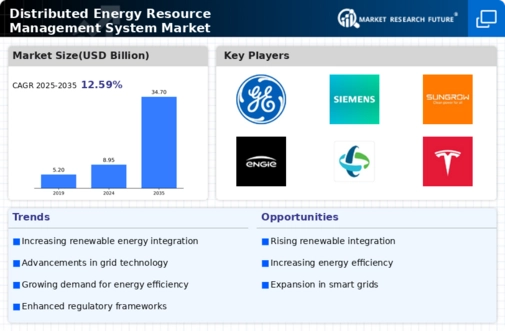
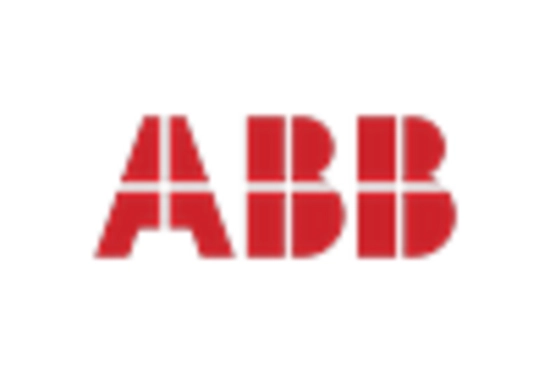
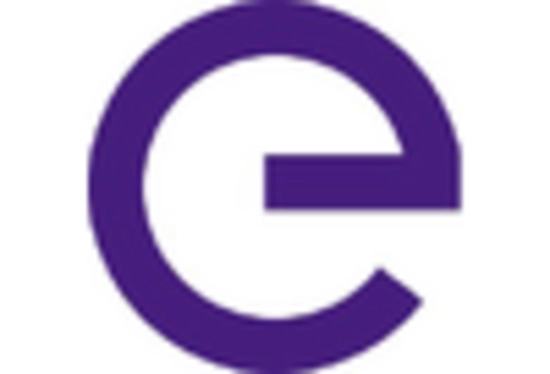
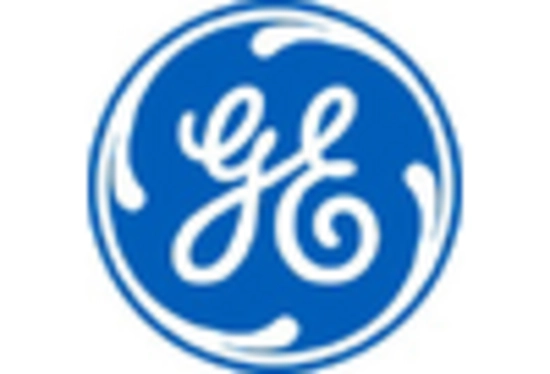

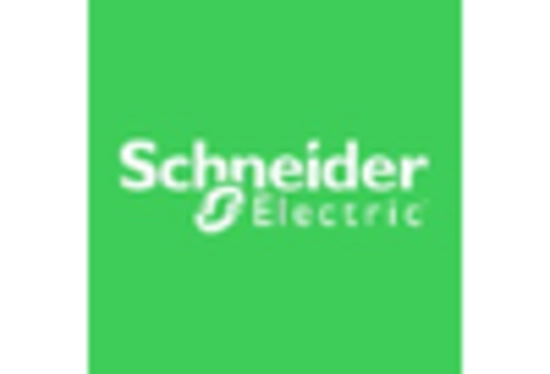
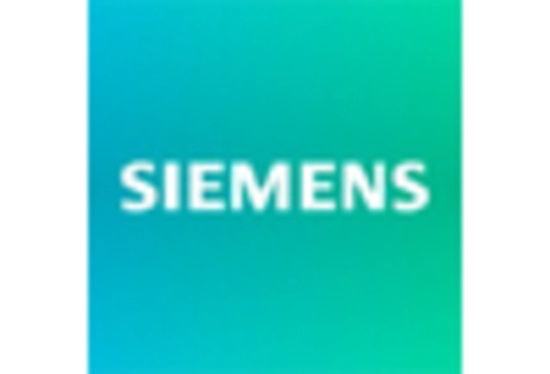









Leave a Comment